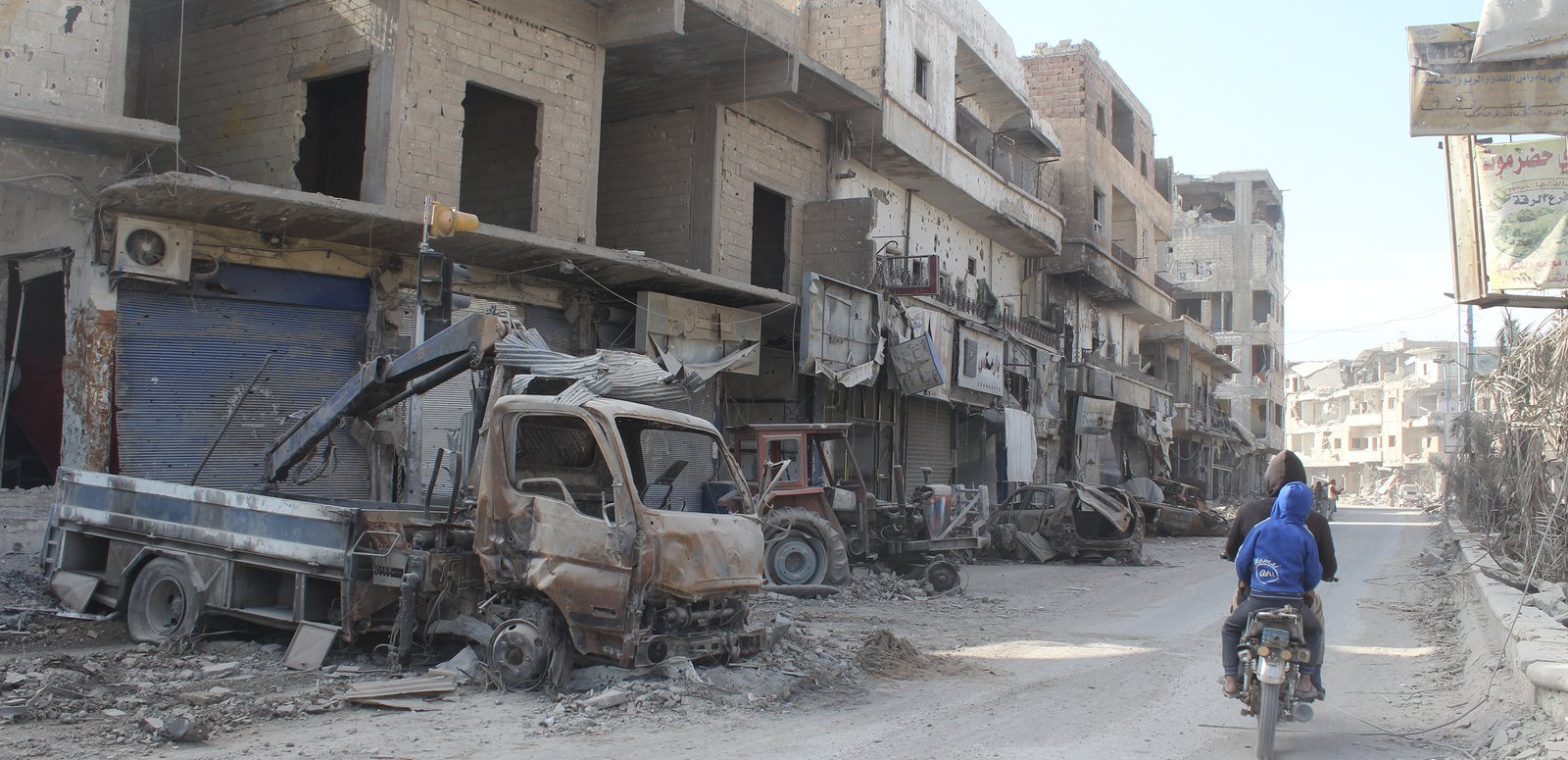Nate Rosenblatt, David Kilcullen
Syria’s northern city of Raqqa served as the seat of power for the Islamic State of Iraq and al-Sham (ISIS) for four years, marking it as the center of one of the most bloody and complex proxy wars of the 21st century. During that time, multiple state sponsors, including Russia, Iran, Qatar, Saudi Arabia, Turkey, and the United States, lent support to armed groups seeking to wrest the ancient city from the Caliphate’s control.
Yet, to understand the war against ISIS in Raqqa, one has to understand how ISIS came to control the city in the first place. Based on field observations and hundreds of interviews conducted, we describe how Raqqa changed hands three times in 2013. First, it was controlled by forces loyal to Syrian President Bashar al-Assad, then it became the first provincial capital captured by the Syrian opposition, and finally, it was seized by ISIS, which made it the capital of their short-lived Caliphate. This dramatic year illustrates key elements of the complexity of Syria’s ongoing proxy conflict.
Many of the same conditions that made Raqqa vulnerable to an ISIS takeover in 2013 still exist in the city today. Governance is tentative and there are minimal basic security protections. Kidnapping for ransom, looting, and attacks are common across the city, and residents rarely know which groups are responsible for the violence. The battle for Raqqa represents how proxy competition shaped the war in Syria. It also illustrates the potential risks entailed in proxy strategies that fail to recognize the centrality of local governance to success.

No comments:
Post a Comment